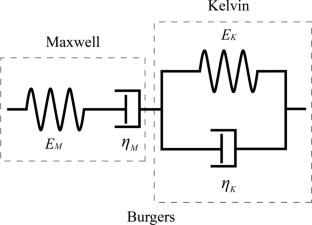摘要
本文建立了三维粘弹性有限元模型,计算了1561 ~ 1927年区域性7.0级以上历史强震序列引起的同震和震后库仑应力变化。我们的研究结果表明,之前的地震序列在随后的地震震源附近引起应力加载效应,这表明大地震之间的相互作用可能是导致地震集群的关键因素。然后结合合成的地震目录和现有的区域地震资料,分析了区域断裂系统内地震的复发模式。我们发现地震的重现间隔在不同断层或同一断层的不同段上分布不均匀。最后,结合库仑应力变化和地震重现期对区域未来地震危险性进行了分析。结果表明,毛毛山断裂、老虎山断裂、天桥沟-黄阳川断裂西部、云雾山断裂中部和黄河断裂南部的上一次强震发生时间正在接近各自的重现区间。此外,由于历史地震序列,这些地区经历了明显的库仑应力增加,表明这些断层未来地震活动的风险增加。数值模拟可以为区域地震危险性评价提供科学依据。

It is imperative to analyze, understand, and evaluate seismic hazards in the northeastern Tibetan Plateau due to the frequent strong earthquakes. In this study, we construct a three-dimensional viscoelastic finite element model to calculate the co- and post-seismic Coulomb stress changes caused by the regional historical strong earthquake sequence with M ≥ 7.0, spanning from 1561 to 1927. Our results indicate that preceding earthquake sequences cause a stress loading effect near the hypocenters of subsequent earthquakes, suggesting that the interaction between major earthquakes could be a crucial factor contributing to earthquake clusters. We then analyze the recurrence patterns of earthquakes within the regional fault system combined with the synthetic seismic catalog and the available regional seismic data. We find the recurrence intervals of earthquakes are unevenly distributed on different faults or different segments of the same fault. Finally, we analyze regional future seismic hazards combined with Coulomb stress changes and earthquake recurrence interval. Our assessment highlights that the elapsed time since the last strong earthquake on the Maomaoshan fault, Laohushan fault, western Tianqiaogou-Huangyangchuan fault, central Yunwushan fault, and southern Huanghe fault is approaching their respective recurrence intervals. Additionally, these regions have experienced marked Coulomb stress increases resulting from the historical earthquake sequence, indicating an elevated risk of future seismic activity on these faults. The numerical modeling here can provide scientific insights into the assessments of regional seismic hazard potential.

 求助内容:
求助内容: 应助结果提醒方式:
应助结果提醒方式:


